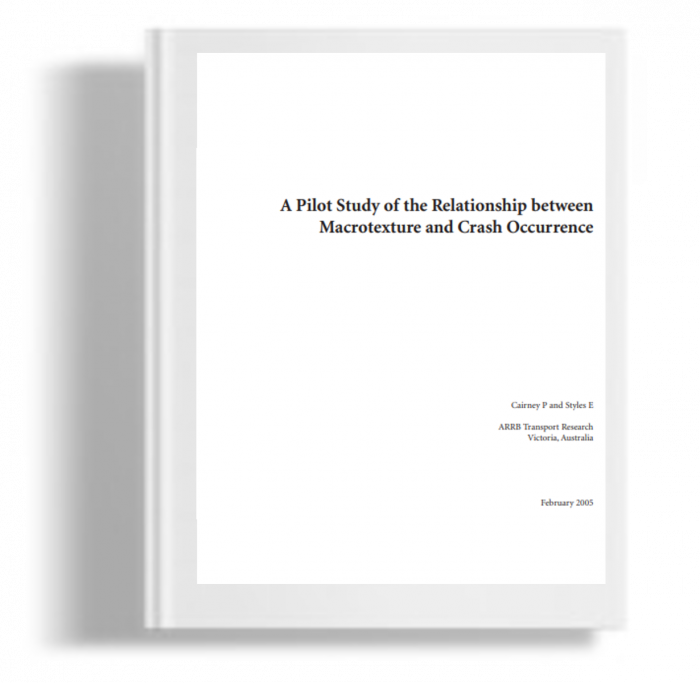Kami menggunakan cookies untuk membuat pengalaman Anda lebih baik. Untuk mematuhi petunjuk e-Pribadi yang baru, kami perlu meminta persetujuan Anda untuk menyetel cookies. Pelajari lebih lanjut .
A Pilot Study of the Relationship between Macrotexture and Crash Occurrence
Macrotexture refers to variations in the road surface in the range 0.5 mm to 50 mm. It is generally believed to affect braking through the two mechanisms of hysteresis and the prevention of a water film. A literature review concluded that crash risk is greater at sites with low macrotexture, but studies differ as to the macrotexture values at which risk begins to increase. Limited work to date suggests that the relationship cannot be explained simply in terms of traffic flow.
Macrotexture refers to variations in the road surface in the range 0.5 mm to 50 mm. It is generally believed to affect braking through the two mechanisms of hysteresis and the prevention of a water film. A literature review concluded that crash risk is greater at sites with low macrotexture, but studies differ as to the macrotexture values at which risk begins to increase. Limited work to date suggests that the relationship cannot be explained simply in terms of traffic flow. A pilot study of the relationship between macrotexture and crashes was undertaken by locating each crash on the macrotexture measurement record. The relationship was compared on the Great Eastern Highway, Western Australia, Princes Highway West, Victoria, and the Duke’s Highway, South Australia. In nearly all cases, there was an association between macrotexture and crashes, the exceptions being rural sites on the Princes Highway West, where the relationship was marginally significant, and urban sections on the Dukes Highway, where there was no association (but note there was very little urban road on this route). There was a significant association between low macrotexture and crashes at all rural intersection sites, but no association between low macrotexture and wet road crashes, nor between macrotexture and young driver cashes, and insufficient data to examine the relationship for heavy vehicles. The data were also examined for associations between low macrotexture and young driver and heavy vehicle involvement. There was no significant association with young driver involvement. There was insufficient data to do formal testing for heavy vehicle involvement, but the pattern of the data suggests that low macrotexture was underrepresented at the sites of crashes involving heavy vehicles. The results agree with previous studies regarding the increase in risk with low macrotexture. The prospects for a surface management process based on macrotexture are therefore good, but further work is required before this is possible.

